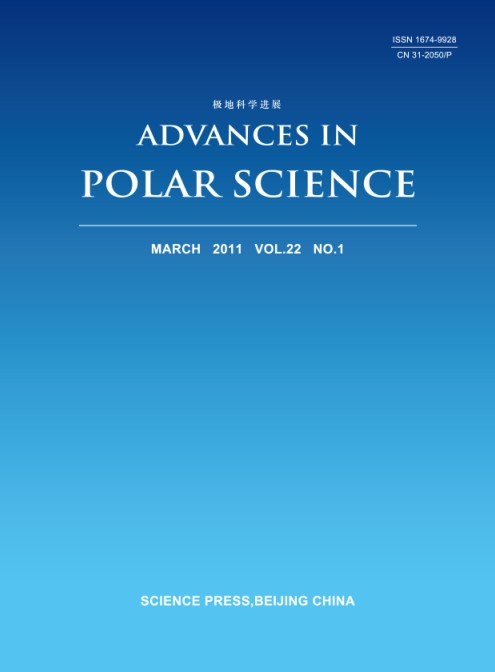Using the NCEP/NCAR reanalysis monthly 500 hPa height data on a 2.5 latitude-longitude grid and 1°×1° sea ice data, the polar vortex area, intensity index and arctic sea ice area index are calculated respectively, and the meridional distribution, period variation and the abrupts in the long range trend are analyzed to study their relationship. The results show that the meridional distribution of sea ice and polar vortex have distinctive difference, the relative positions of them are different in the eastern and western hemispheres, and exept they have periods of 4 months, quasi half year, quasi year, 4-5 years and 10 years commonly, and each of them has its own respective variation as well. The sea ice area is decreasing apparently since 1980's, so is the polar vortex area,but their abrupt changge time are different totally. The area of sea ice and polar vortex has prominent positive correlation, but the relationship of sea ice intensity,polar vortex intensity, polar vortex area is complicated.

